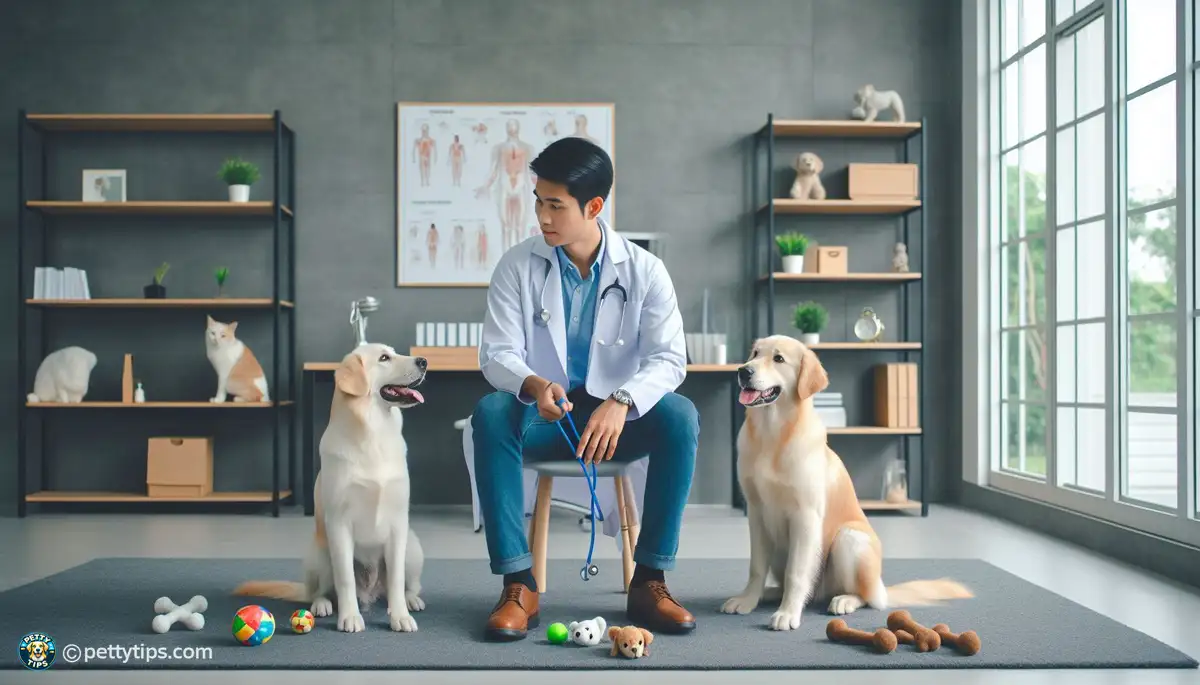
Clicker Training Reptiles: Unusual Pets, Unique Methods
Tânia Rodrigues - Sep 09, 2024 - 7 min read


Pet jealousy is a common issue in multi-pet households and can manifest in various ways. You might notice one of your pets becoming territorial over toys or food, exhibiting aggressive behavior towards another pet, or seeking attention excessively when you interact with another animal. These behaviors often stem from feelings of insecurity or fear of losing your affection or resources. Understanding these signs is crucial in addressing jealousy effectively.
Jealousy among pets can be triggered by various factors, such as the introduction of a new pet into the household, changes in routine, or unequal distribution of attention or resources. For example, if you spend more time cuddling with one pet or frequently give treats to another, it can lead to feelings of jealousy in the neglected pet. Identifying these triggers is the first step in devising a training plan to manage jealousy and promote harmony among your pets.
Before implementing any training techniques, it's essential to establish a baseline for your pets' behavior. Observe how they interact with each other and identify any problematic behaviors associated with jealousy. This baseline will help you track progress over time and determine the effectiveness of your training efforts. Keep in mind that every pet is unique, so what works for one may not work for another. Tailor your approach to suit the individual personalities and needs of your pets.
Creating a positive environment is key to preventing and addressing jealousy among your pets. Ensure each pet has access to their own space, toys, and resources to reduce competition and promote a sense of security. Additionally, provide plenty of mental and physical stimulation through interactive play, training sessions, and enrichment activities. This not only helps alleviate boredom but also strengthens the bond between you and your pets, reducing the likelihood of jealousy-driven behaviors.
positive reinforcement is a powerful tool in managing jealousy among pets. When your pets exhibit desirable behaviors, such as sharing toys or peacefully coexisting, reward them with treats, praise, or affection. This reinforces positive interactions and encourages them to repeat those behaviors in the future. Conversely, avoid punishing or scolding your pets for jealous behavior, as this can exacerbate their insecurities and lead to further aggression or anxiety.
Desensitization and counterconditioning are techniques commonly used to address jealousy and aggression in pets. This involves gradually exposing your pets to the triggers of their jealousy in a controlled and positive manner. For example, if your dog becomes jealous when you pet your cat, start by petting them both simultaneously while rewarding calm behavior. Over time, your dog will learn to associate the presence of the cat with positive experiences, reducing jealousy-induced reactions.
Individual training sessions can help address specific jealousy-related behaviors in each pet. Spend one-on-one time with each pet, focusing on obedience training, tricks, or activities they enjoy. This not only strengthens your bond with each pet but also reinforces their confidence and reduces feelings of insecurity. Additionally, teaching each pet a "leave it" or "wait" command can help prevent resource guarding and promote sharing among your pets.
Consistency and patience are key components of successful training when dealing with pet jealousy. Set clear boundaries and rules for behavior, and enforce them consistently across all pets. Avoid showing favoritism or giving in to demands driven by jealousy, as this can reinforce negative behaviors. Be patient and understanding, as overcoming jealousy takes time and effort. Celebrate small victories and progress, and don't be discouraged by setbacks along the way.
In some cases, managing pet jealousy may require professional assistance from a certified animal behaviorist or trainer. If your pets' jealousy-driven behaviors are causing harm to themselves, other pets, or family members, seeking professional help is crucial. Additionally, if you've tried various training techniques without success, a professional can provide personalized guidance and support based on your pets' specific needs and circumstances.
When seeking professional help for pet jealousy, look for a certified animal behaviorist or trainer with experience in dealing with multi-pet households and jealousy-related issues. They will conduct a thorough assessment of your pets' behavior and environment to identify underlying triggers and develop a customized training plan. Follow their recommendations closely and communicate openly about your progress and any challenges you encounter along the way.
A certified professional can employ behavior modification techniques to address jealousy and promote harmony among your pets. This may include structured desensitization exercises, behavior shaping, and management strategies to prevent conflict and encourage positive interactions. They will also provide guidance on ongoing management and support to ensure long-term success. Remember that overcoming pet jealousy is a gradual process, and consistency is key to achieving lasting results.
Ultimately, addressing pet jealousy is not just about managing problematic behaviors but also strengthening the bond between you and your pets. Through patience, understanding, and consistent training, you can create a harmonious environment where all your pets feel secure, loved, and valued. By investing time and effort into training and communication, you can foster a deeper connection with each of your furry companions and enjoy a lifetime of companionship and happiness together.